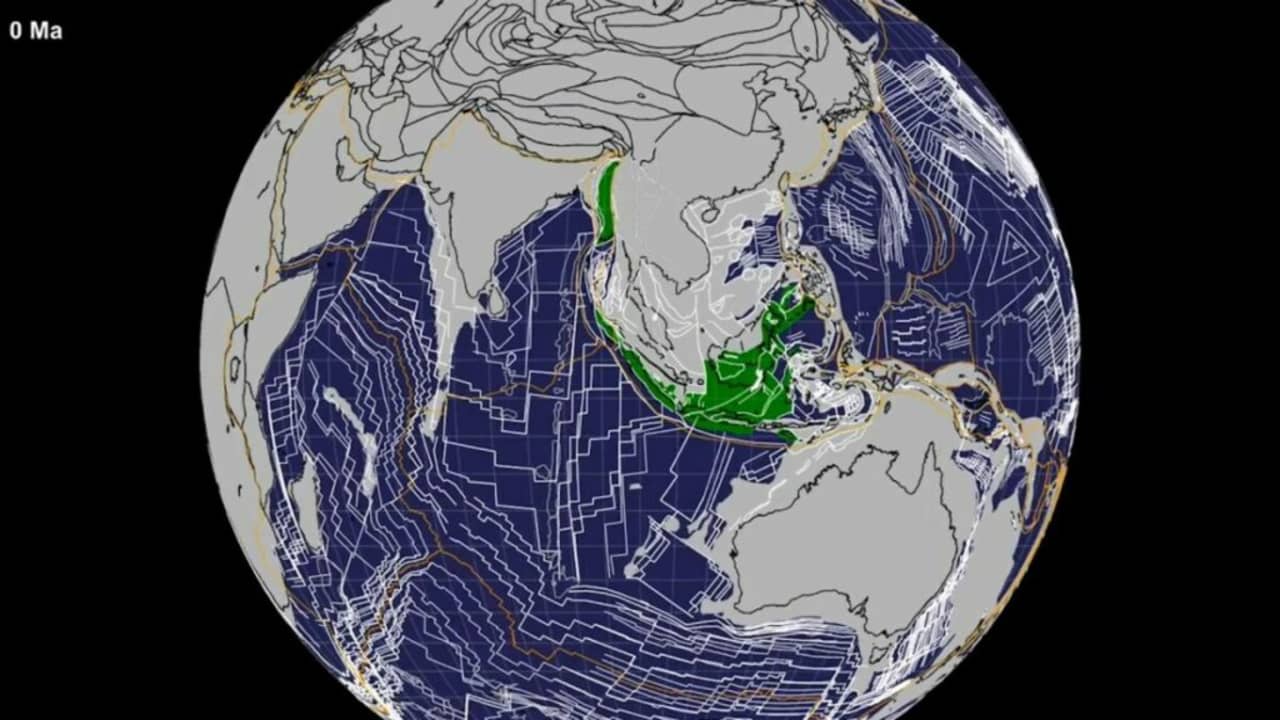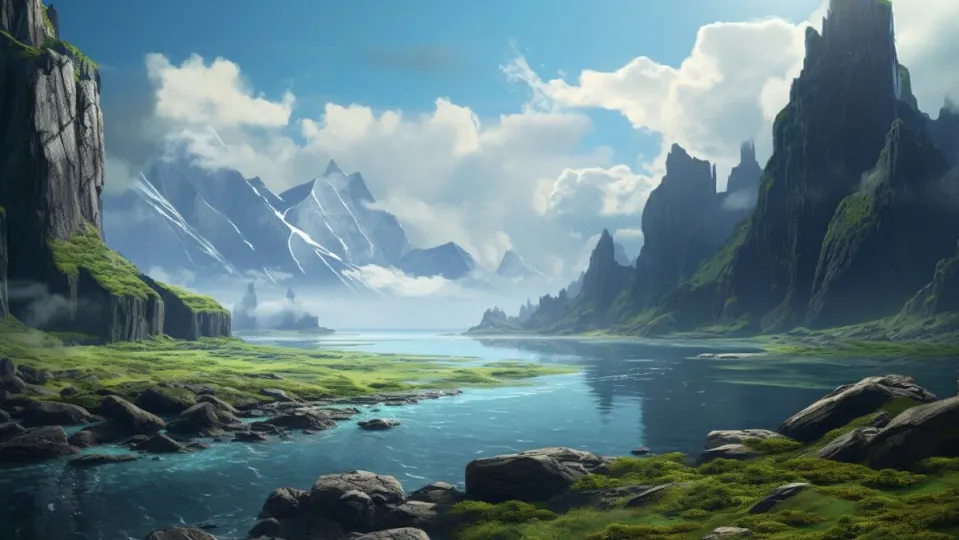Few things awaken our curiosity more than finding traces of our past. A primate cousin, a buried city… or a continent lost beneath the sea. And no, we’re not talking about Atlantis.
The separation of Australia and the lost continent of Argoland 155 million years ago was a significant event. In fact, it was so dramatic that researchers have taken until now to locate Argoland, which was once part of the ancient supercontinent Gondwana.
While many other landmasses linked to Gondwana had been easier to locate, this one seemed to have vanished.
How was Argoland discovered?
To find it, researchers from the University of Utrecht used geological information from a deep oceanic basin off the coast of Western Australia (the Argo Abyssal Plain) to discover clues about what might have happened to this 4,000 km long piece of continent after it separated from Australia and drifted away. It had to have gone somewhere.
According to the published study, the team believes they have located Argoland in Southeast Asia. The lost continent appears to be completely fragmented but still exists.
This is good news, moreover, as the team was running out of theories. “Otherwise,” the authors wrote in a statement, “we would have faced a significant scientific problem.”
Gondwana has the potential to become a hub of scientific discoveries. According to leading theories, this ancient supercontinent was large enough to host South America, Africa, India, Antarctica, and Australia. As it broke apart, continents shifted, and other parts – like the recently mapped Zealandia, referred to as the world’s eighth continent – separated in the process.

Although many landmasses continue to float above the ocean surface, others fell beneath the waves, either partially, as in the case of Zealandia, or entirely, as in the case of the Great Adria. Those that submerged into the Earth’s mantle, like the Great Adria, folded within it to form mountains.
Argoland was neither above nor below the ocean. “If continents can sink into the mantle and disappear completely, leaving no geological trace on the Earth’s surface, then we wouldn’t have much idea of what Earth might have looked like in geological times past,” says Douwe van Hinsbergen, a co-author of the study. “It would be nearly impossible to create reliable reconstructions of ancient supercontinents and Earth’s geography in past eras.”
But van Hinsbergen and his colleague Eldert Advokaat didn’t give up on the search for Argoland; after all, they knew it existed, thanks to the hidden basin deep off the west coast of Australia. “The seafloor structure shows that this continent must have moved northwestward,” the researchers wrote, “and it must have ended up where the islands of Southeast Asia are today.”
Still, with so many islands, Advokaat said the team was having trouble fitting the puzzle pieces together. “The situation in Southeast Asia is very different from places like Africa and South America, where a continent split in two,” he explains. “Argoland shattered into many different fragments. That obstructed our view of the continent’s journey.”
So, they retraced Argoland’s steps: millions of years of cracks and ruptures, with the oceans continually aiding in separating the land.
In the end, the team realized that the rediscovery of Argoland was not going to involve reconstructing a giant landmass because Argoland probably never was a single landmass.
Instead, it’s likely that it was originally an “argipelago” of microcontinental fragments separated by ancient oceanic basins.
It would resemble more the Great Adria or Zealandia than a perfectly formed India, with which it once bordered as part of Gondwana.
And when Argoland started to separate from Australia and move northward, the separation became even more complicated. The already scattered land seems to have fragmented into thin splinters that now rest near the geological systems of the Himalayas and the Philippines.
“Argoland is hidden,” say the authors, “under the green jungles of vast areas in Indonesia and Myanmar.” It appears that this is where a continent ends up amid messy breakups.


